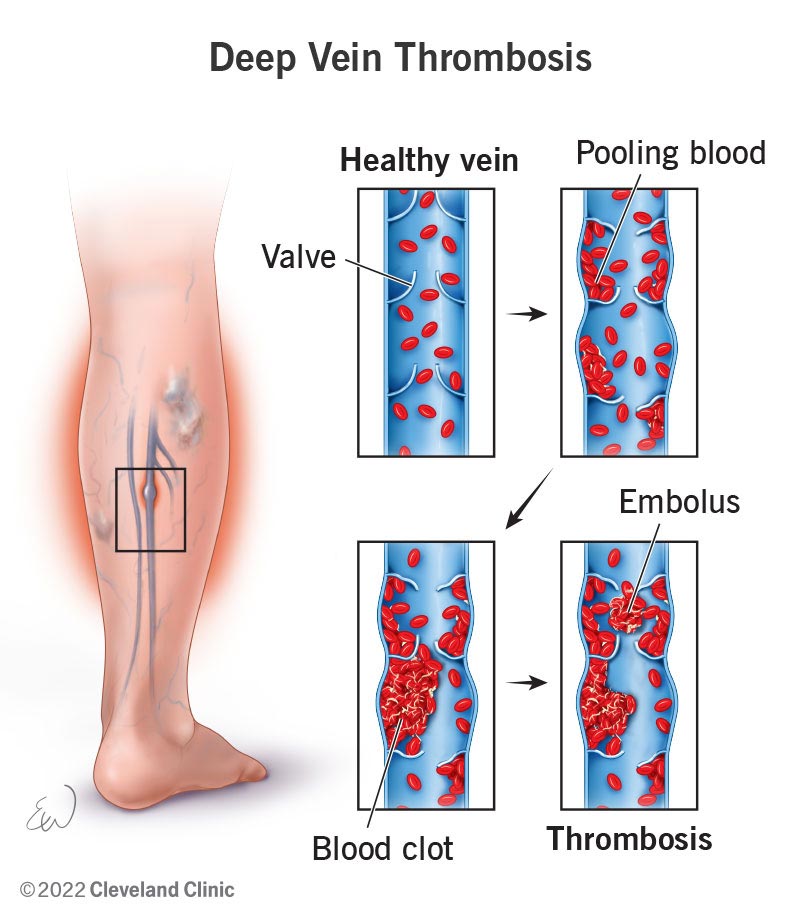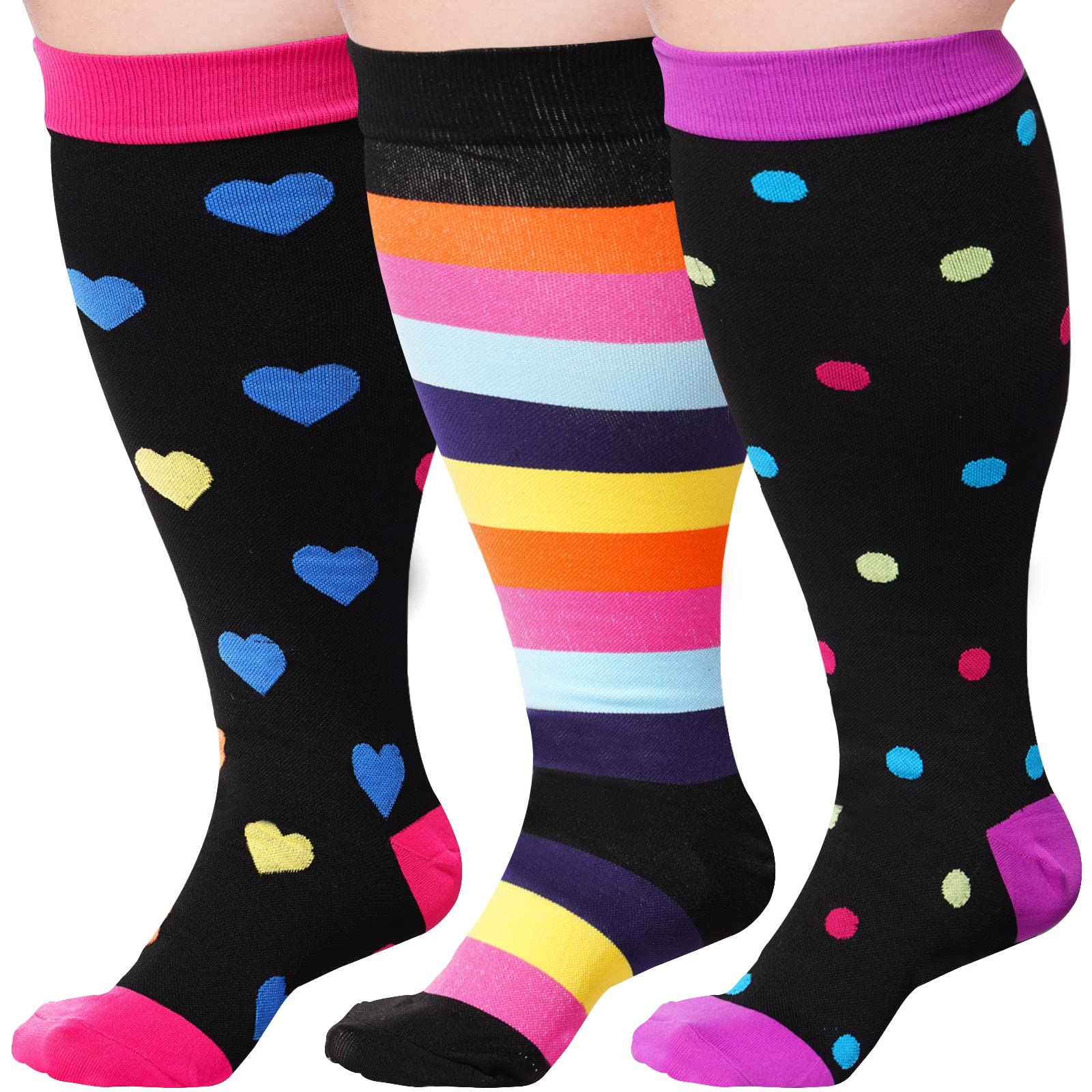
Long flights can be taxing on the body, especially for your legs. Sitting in a cramped seat for hours restricts movement and can cause discomfort, swelling, and even more severe complications such as deep vein thrombosis (DVT). However, compression socks offer an effective solution to these common problems. Designed to improve blood circulation and reduce swelling, compression socks are a must-have for any traveler embarking on a long journey. This article will explore how compression socks can benefit your legs on long flights, providing insight into why they are essential for maintaining comfort and health.
Table of Content
| Topic |
|---|
| How Compression Socks Work |
| The Science Behind Compression Socks |
| Benefits of Compression Socks for Long Flights |
| Preventing Deep Vein Thrombosis (DVT) |
| Reducing Swelling and Discomfort |
| Types of Compression Socks |
| How to Choose the Right Compression Socks |
| How to Use Compression Socks on Long Flights |
| Travel Tips for Comfortable Flights |
| Frequently Asked Questions about Compression Socks |
How Compression Socks Work
Compression socks work by applying gentle pressure to your legs, promoting better blood flow from your legs back to your heart. This pressure is usually strongest around the ankles and gradually decreases up the leg. The compression helps to prevent blood from pooling in your lower legs, which can lead to swelling and discomfort during long periods of inactivity, such as during a flight.
The Science Behind Compression Socks
The design of compression socks is based on the principle of graduated compression, where the pressure is higher at the ankle and decreases as the sock goes up the leg. This graduated compression helps combat the effects of gravity, which can cause blood to accumulate in the lower limbs. By improving venous return, compression socks help maintain proper circulation, preventing blood clots and other issues that can arise from poor circulation during long flights.
Benefits of Compression Socks for Long Flights

One of the primary benefits of wearing compression socks during long flights is the prevention of deep vein thrombosis (DVT), a serious condition where blood clots form in the deep veins of the legs. Additionally, compression socks help reduce swelling and discomfort that many people experience due to prolonged sitting. They can also help alleviate symptoms of fatigue and heaviness in the legs, ensuring you arrive at your destination feeling more comfortable and refreshed.
Preventing Deep Vein Thrombosis (DVT)
Deep vein thrombosis (DVT) is a potentially life-threatening condition that can develop during long periods of immobility, such as when flying for extended hours. DVT occurs when a blood clot forms in a deep vein, usually in the leg, which can travel to the lungs, causing a pulmonary embolism. Compression socks are designed to reduce the risk of DVT by improving blood circulation and preventing the formation of clots.
Reducing Swelling and Discomfort

Swelling in the feet and legs, also known as edema, is a common problem during long flights due to prolonged sitting and limited movement. Compression socks help to counteract this by enhancing circulation and reducing fluid buildup in the lower extremities. This not only minimizes swelling but also reduces the discomfort associated with it, making long flights more bearable.
Types of Compression Socks
Compression socks come in various styles and levels of compression, making it easy to find a pair that suits your needs. The three main types are graduated compression socks, anti-embolism stockings, and non-medical support hosiery. Graduated compression socks are most commonly used for travel, offering pressure that decreases from the ankle upwards. Anti-embolism stockings are typically prescribed for individuals recovering from surgery, while non-medical support hosiery provides mild compression for general use.
How to Choose the Right Compression Socks
When selecting compression socks for travel, consider the level of compression you need. Compression is measured in millimeters of mercury (mmHg), and most travel socks range from 15-30 mmHg. For long flights, it’s generally recommended to use socks with 15-20 mmHg compression. Additionally, ensure the socks fit properly by measuring your legs or consulting a size guide. Comfortable material and breathability are also key factors in choosing the right pair.
How to Use Compression Socks on Long Flights
For maximum benefit, it's best to put on your compression socks before boarding the plane, while you're still mobile. Make sure they fit snugly but not too tight. Keep them on throughout the flight, and if possible, move around or do leg exercises to further promote circulation. Compression socks can be worn for the entire duration of the flight and even for a few hours after landing to ensure optimal recovery.
Travel Tips for Comfortable Flights

Besides wearing compression socks, there are other steps you can take to ensure comfort during long flights. Staying hydrated, moving around the cabin regularly, and doing simple leg exercises can all help improve circulation. Stretching your legs, ankles, and feet during the flight is also important to reduce stiffness and prevent swelling. Additionally, wearing loose, comfortable clothing and avoiding crossing your legs can enhance circulation and reduce discomfort.
Frequently Asked Questions about Compression Socks
-
How long should I wear compression socks on a flight?
You should wear compression socks for the entire duration of the flight and even for a few hours after landing to aid in recovery. -
Are compression socks necessary for short flights?
While they are most beneficial on long flights, compression socks can also be helpful on shorter flights if you are prone to swelling or discomfort. -
Can I wear compression socks daily?
Yes, compression socks can be worn daily, especially if you spend long periods sitting or standing. -
Do compression socks come in different sizes?
Yes, compression socks are available in various sizes. It's important to measure your legs to find the right fit. -
Can compression socks prevent blood clots?
Compression socks can help reduce the risk of blood clots by promoting healthy circulation. -
What level of compression should I choose for travel?
For travel, compression socks with 15-20 mmHg are usually sufficient. -
Can I wear compression socks overnight?
It's generally safe to wear compression socks overnight, especially if you are at risk for DVT, but consult a doctor for personalized advice. -
How do I wash compression socks?
Most compression socks can be machine-washed on a gentle cycle and air-dried, but always follow the care instructions on the packaging. -
Do compression socks expire?
Compression socks may lose their elasticity over time and should be replaced every 3-6 months if worn regularly. -
Can compression socks help with jet lag?
While they may not directly reduce jet lag, compression socks can help alleviate leg discomfort, making recovery from long flights easier.
Conclusion
Compression socks are an invaluable travel accessory, particularly for long flights where immobility can lead to circulation issues. By enhancing blood flow and reducing the risk of swelling, discomfort, and serious conditions like deep vein thrombosis, compression socks help travelers arrive at their destinations feeling more comfortable and refreshed. The simple yet effective pressure provided by these socks can make a significant difference in overall leg health during and after flights. When combined with other travel tips, such as staying hydrated and moving around frequently, compression socks can truly save your legs on long journeys.
If you’re looking for high-quality compression socks to make your long flights more comfortable, Moon Wood Compression Socks are an excellent choice. Designed with both comfort and health in mind, these socks offer the perfect balance of pressure to improve circulation without sacrificing style or fit. Whether you’re prone to leg swelling, discomfort, or simply want to reduce the risk of deep vein thrombosis (DVT), Moon Wood Compression Socks provide the support you need during travel.







